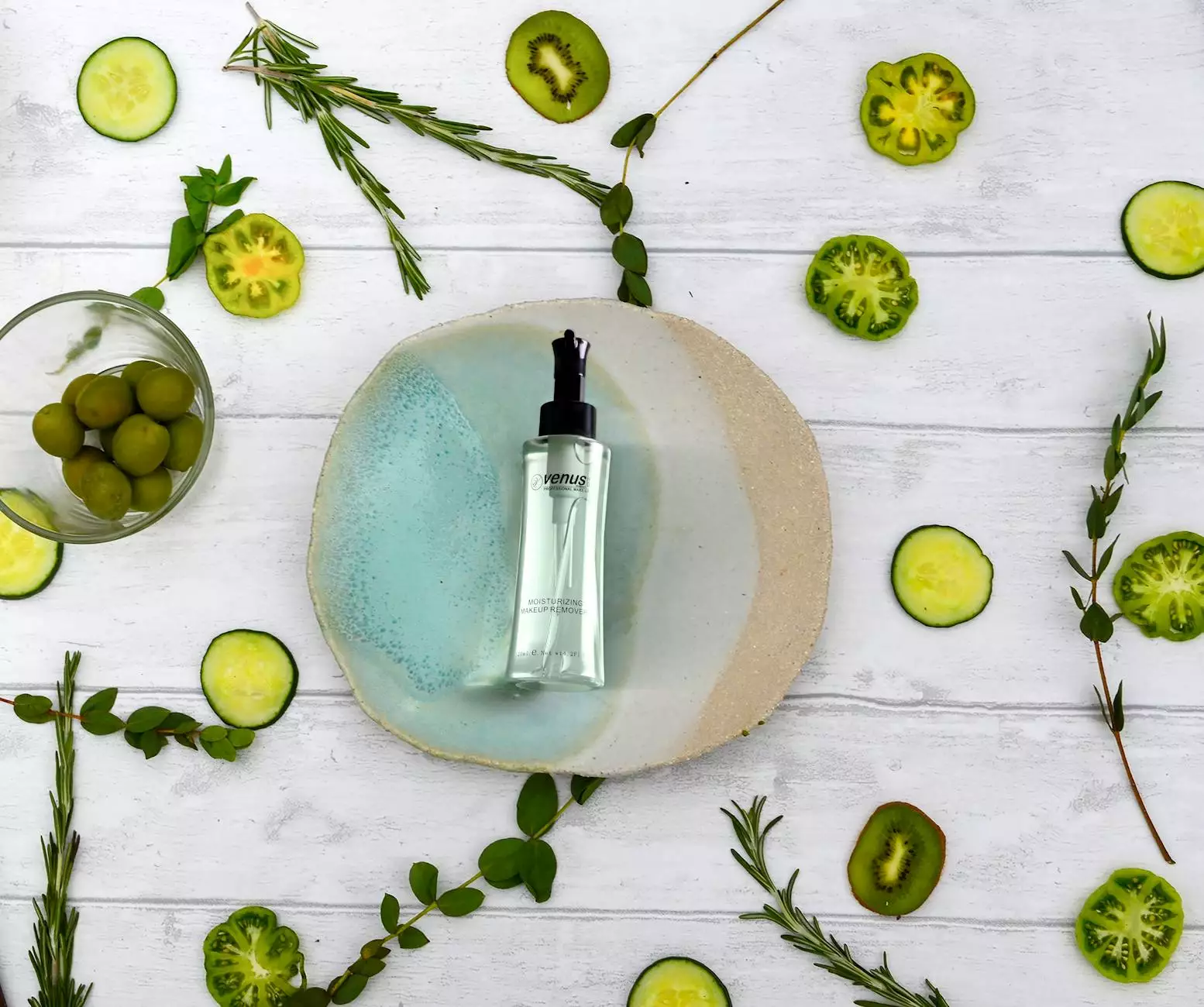Can Sauna Sweats Lower Your Blood Pressure?
Heart Health
The Potential Benefits of Sauna Sweats for Blood Pressure Management
Saunas have been used for centuries as a means of relaxation and therapy. Recent research suggests that sauna sweats may have a positive impact on blood pressure levels. Here at Bowling Orthopaedics, we explore the potential of sauna sweats in helping to lower blood pressure naturally.
Understanding Blood Pressure
Before delving into the relationship between sauna sweats and blood pressure, it is essential to understand what blood pressure is. Blood pressure refers to the force exerted by circulating blood against the walls of the arteries. It is measured in millimeters of mercury (mmHg) and represented by two numbers: systolic pressure over diastolic pressure.
High blood pressure, also known as hypertension, is a common health condition that can increase the risk of heart disease, stroke, and other serious complications. Therefore, finding effective ways to manage blood pressure is crucial for maintaining overall health and well-being.
The Sauna Experience
Saunas are typically heated rooms designed to induce sweating. As individuals enter the sauna, the temperature rises, leading to an increase in body temperature. This heat exposure triggers a thermoregulatory response, causing blood vessels to dilate and ultimately leading to perspiration.
It is important to note that sauna sweats should be used with caution, especially for individuals with certain medical conditions or taking specific medications. Consulting with a healthcare professional before incorporating sauna sessions into your routine is highly recommended.
Potential Mechanisms of Sauna Sweats on Blood Pressure
Studies have suggested several potential mechanisms through which sauna sweats may impact blood pressure levels. One theory involves the release of nitric oxide, a molecule that helps relax and widen blood vessels, thereby improving blood flow. Additionally, sauna sweats may promote the activation of the sympathetic nervous system, leading to various physiological responses that can ultimately affect blood pressure.
Evidence from Scientific Studies
While sauna sweats show promise in blood pressure management, it is important to rely on scientific evidence to evaluate their effectiveness. Several studies have explored the relationship between saunas and blood pressure, yielding interesting findings. For example, a randomized controlled trial published in the Journal of Human Hypertension in 2018 demonstrated that sauna bathing significantly reduced both systolic and diastolic blood pressure in study participants.
Another study published in the American Journal of Cardiology in 2017 concluded that regular sauna use was associated with a reduced risk of hypertension. However, it is crucial to consider individual differences, health conditions, and other factors when interpreting these studies' results.
Precautions and Risks
While sauna sweats may hold potential benefits for blood pressure management, it is essential to proceed with caution. Excessive heat exposure may pose risks, especially for those with underlying health conditions such as cardiovascular diseases. It is advisable to start with shorter sauna sessions at lower temperatures and gradually increase intensity to allow your body to adapt.
Furthermore, staying hydrated during sauna sweats is crucial to prevent dehydration. Drinking an adequate amount of water before, during, and after your sauna session can help maintain the body's fluid balance. Individuals with certain medical conditions, such as pregnancy or kidney problems, should consult their healthcare provider before using saunas.
Incorporating Saunas into Your Blood Pressure Management
If you are considering using sauna sweats as part of your blood pressure management routine, it is important to do so safely and effectively. Here are some tips to help you incorporate saunas into your lifestyle:
1. Consult with Your Healthcare Provider
Before starting sauna sessions, especially if you have pre-existing medical conditions or take medications, it is crucial to consult with your healthcare provider. They can provide personalized guidance based on your specific health situation.
2. Start Slowly and Gradually
Begin with shorter sauna sessions at lower temperatures, gradually increasing both temperature and duration as your body becomes accustomed to the heat. This approach allows your body to adjust and reduces the risk of potential adverse effects.
3. Stay Hydrated
Hydration is key during sauna sweats. Drink plenty of water before, during, and after your sauna session to maintain proper fluid balance and prevent dehydration. Avoid alcohol and caffeinated beverages, as they can increase fluid loss.
4. Listen to Your Body
Pay attention to your body's signals during sauna sessions. If you experience dizziness, lightheadedness, rapid heartbeat, or any other concerning symptoms, exit the sauna immediately and seek medical attention if necessary.
5. Combine Sauna Sweats with a Healthy Lifestyle
While sauna sweats may offer potential benefits for blood pressure management, they should not replace other important lifestyle factors such as regular exercise, a balanced diet, stress management, and medication adherence. Consider saunas as a complementary approach to overall health and well-being.
Conclusion
Sauna sweats show promising potential in helping to lower blood pressure naturally. However, it is important to approach sauna sessions with caution, consulting with your healthcare provider and following safety guidelines. Incorporating saunas into your blood pressure management routine can be a beneficial addition when done responsibly. Remember to prioritize your health, listen to your body, and make informed decisions regarding sauna sweats as part of your overall well-being journey.




